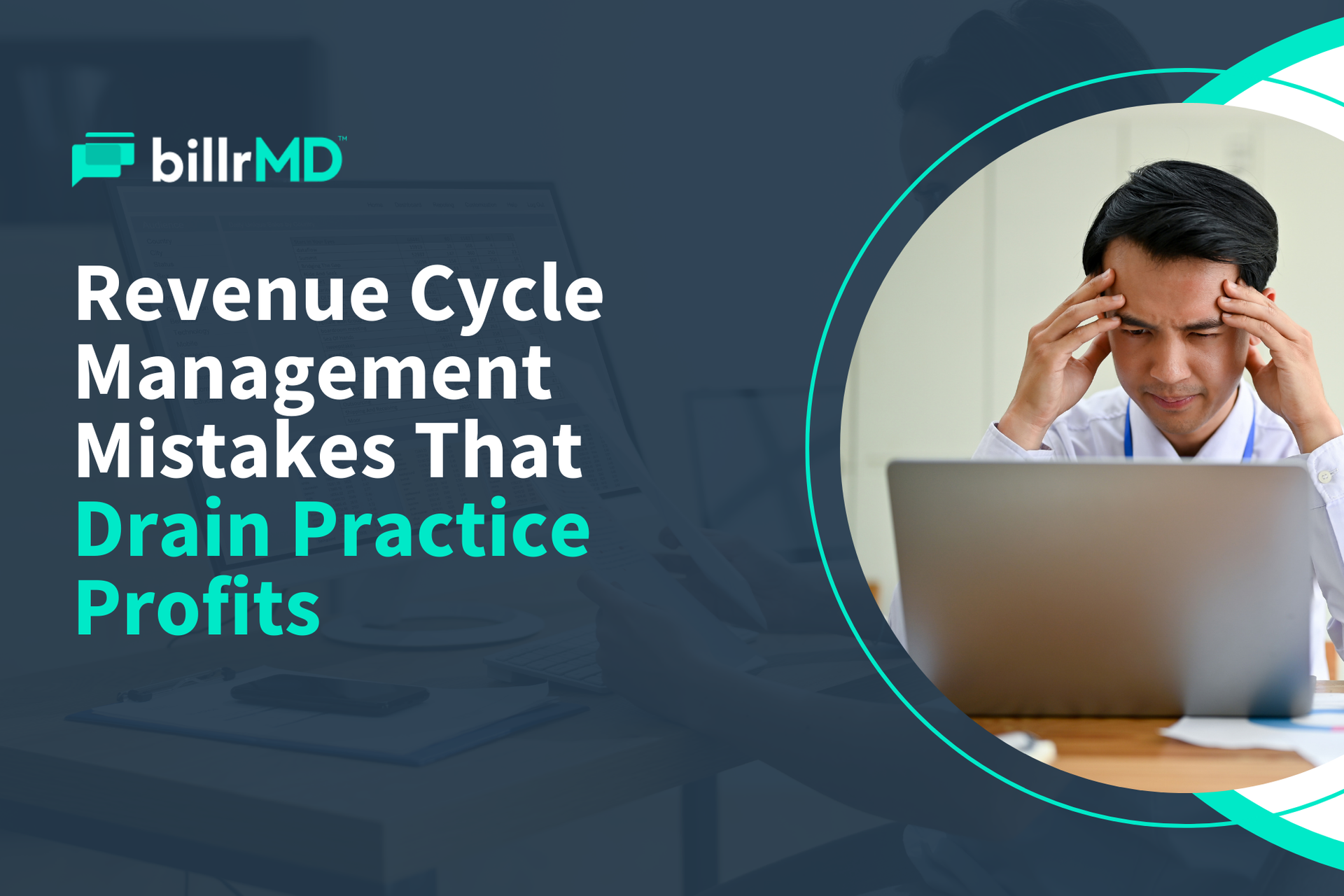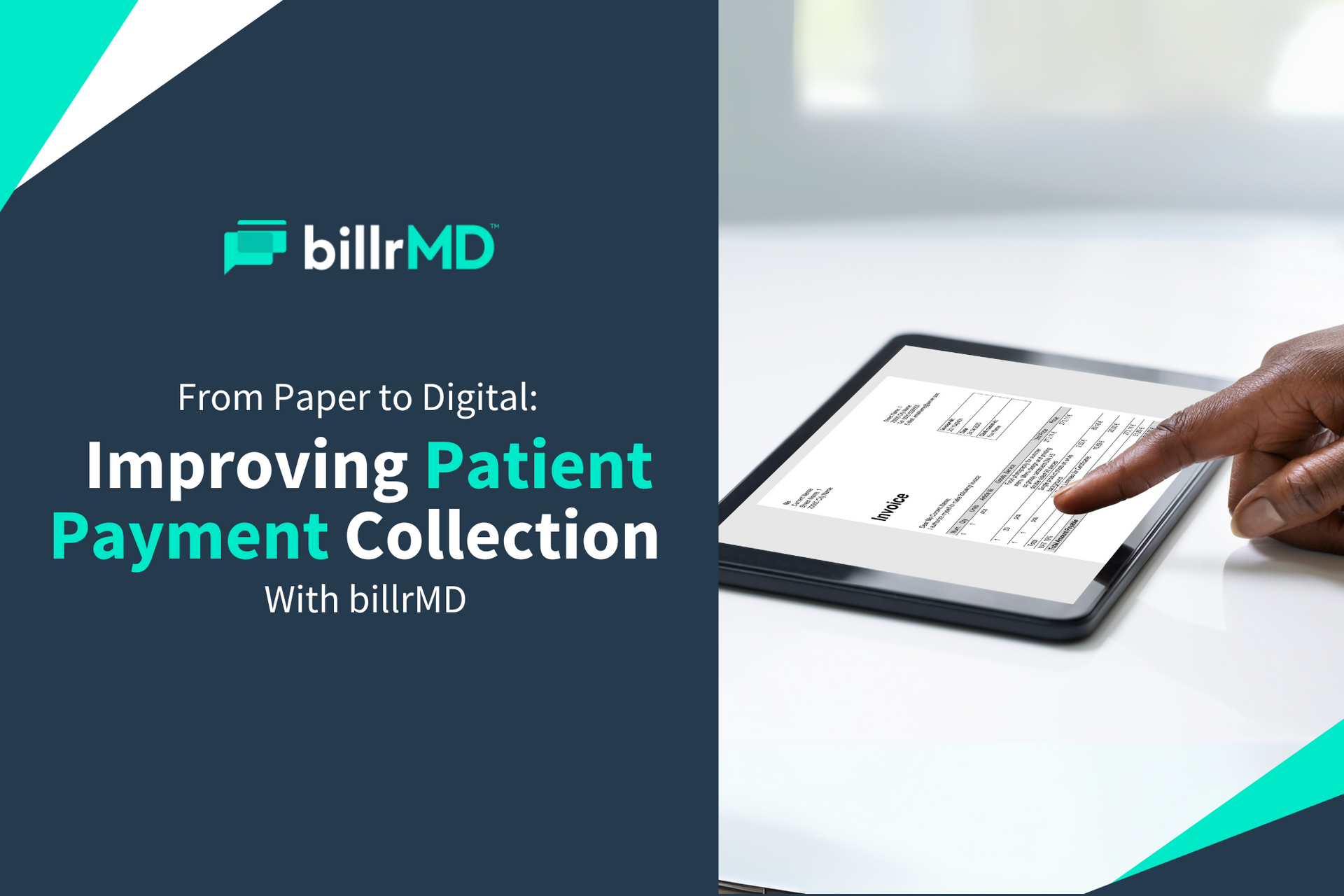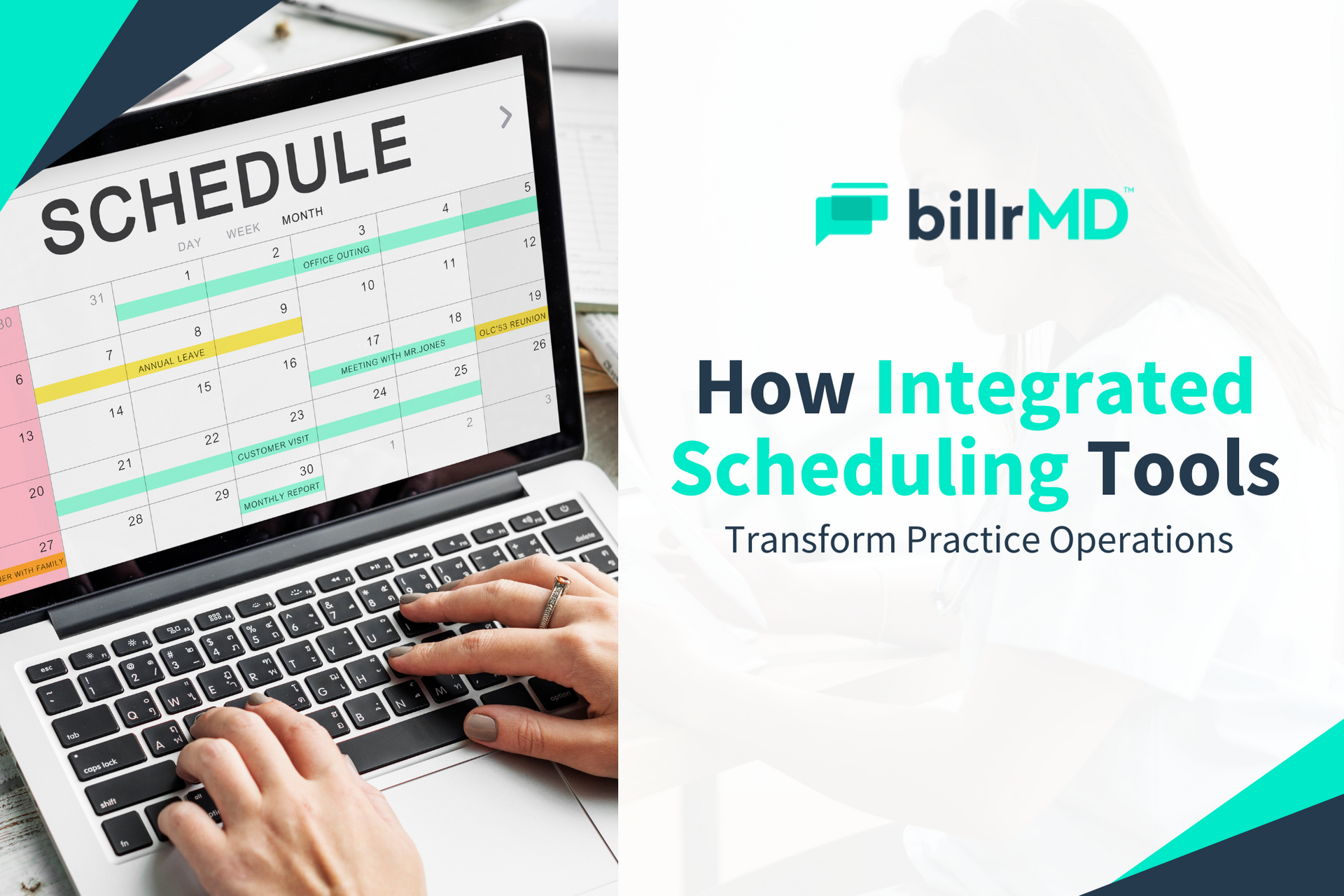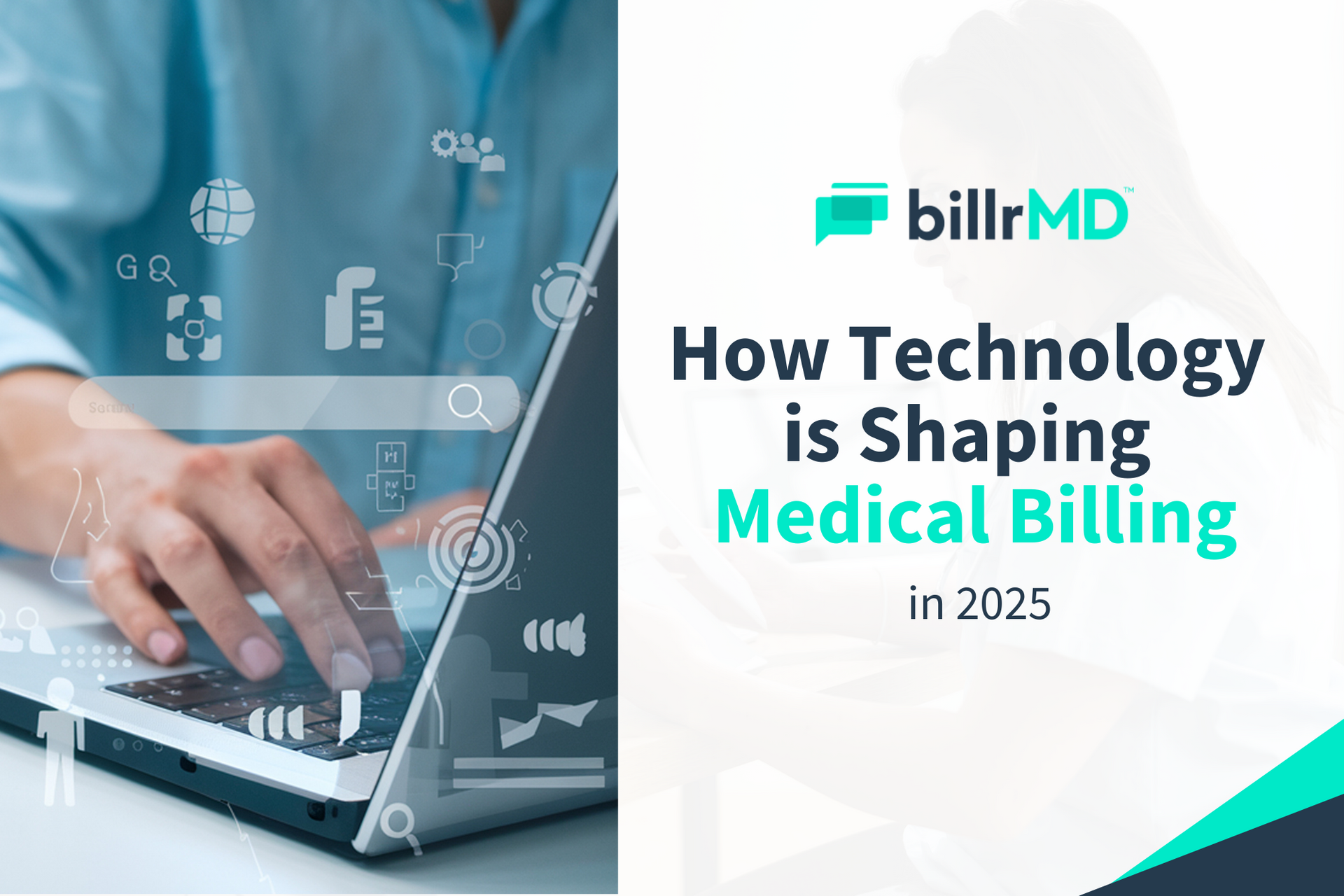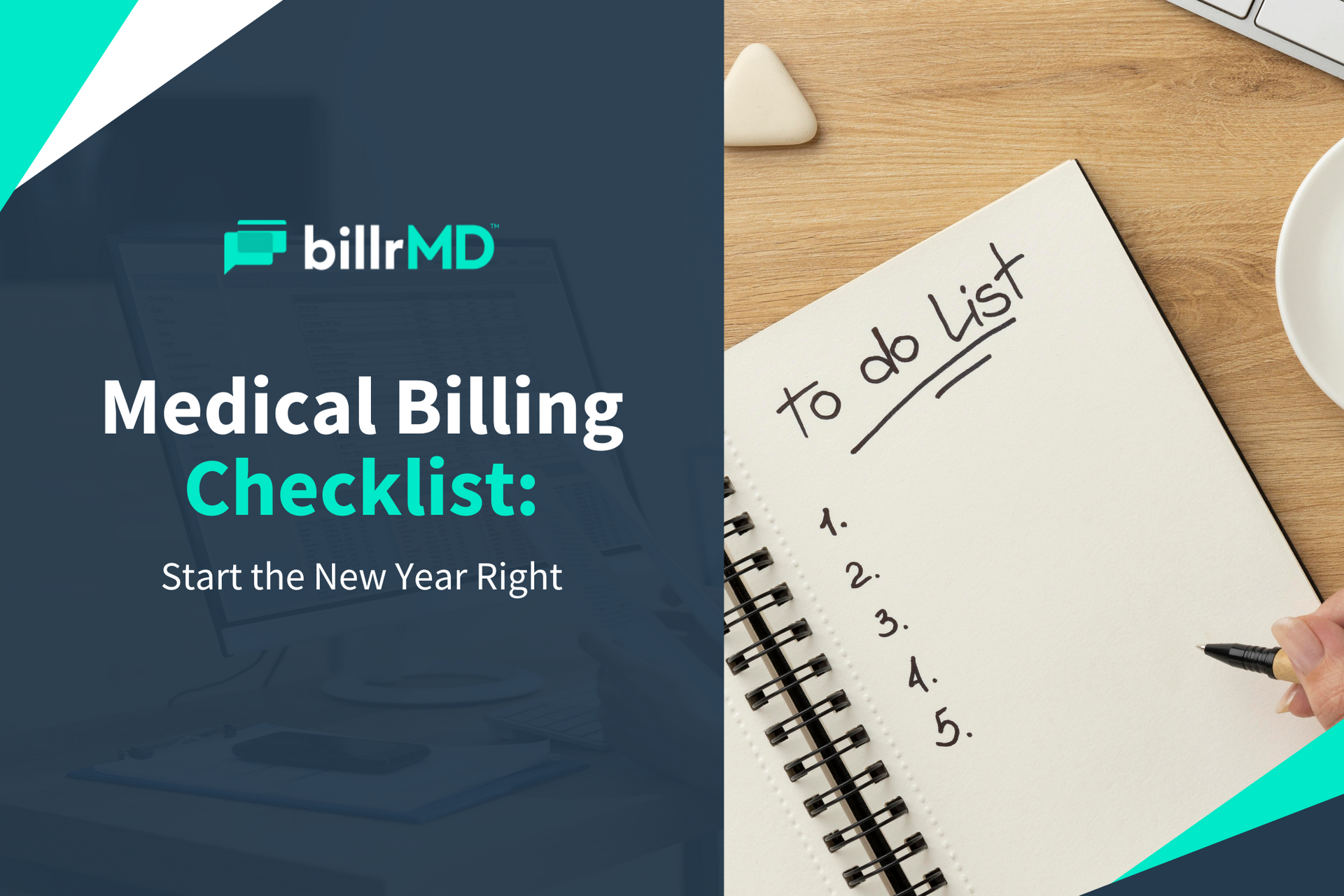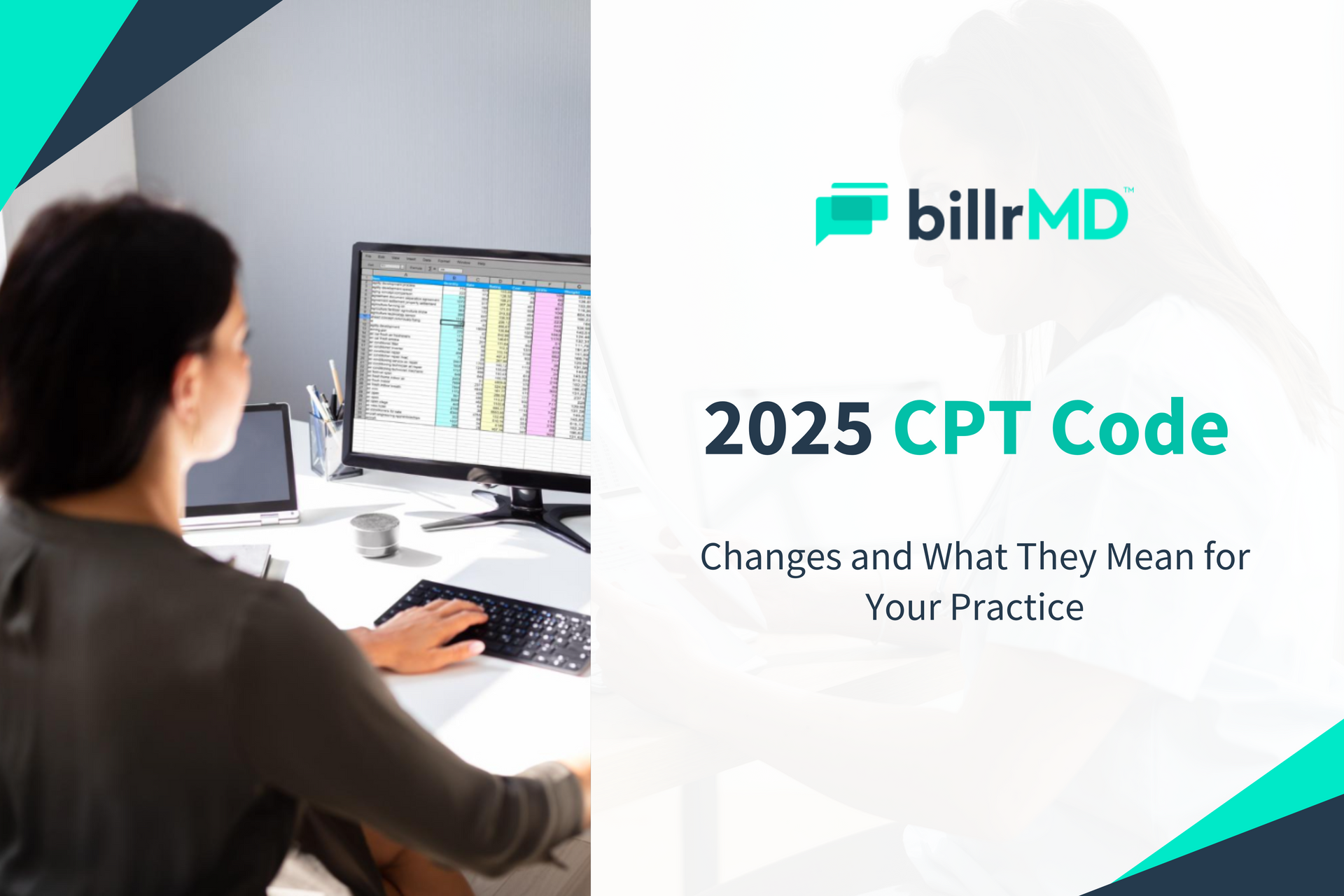Top 5 Benefits of Electronic Claims Submission for Medical Billing

Gone are the days of mountains of paperwork for medical billing. Traditional paper-based billing is not just time-consuming; it’s prone to human error. Manual data entry, physical mailing of claims, and the subsequent back-and-forth in case of mistakes prolonged the billing cycle.
Healthcare practitioners now have the option of going digital. We're moving towards a simpler, faster way to handle bills with electronic claims submission. This change is huge—it means less waiting, fewer mistakes, and better cash flow for healthcare practices.
This blog explores why switching to electronic claims is a game-changer for healthcare facilities.
Denied Health Insurance Claims Are on the Rise
Hospitals are experiencing a surge in claim denial rates, which have escalated by over 20% in the last five years. In 2022, Crowe RCA's benchmarking analysis data indicated that the healthcare sector faced an 11% rejection rate for claims. This translates to around 110,000 claims failing to secure payment annually for mid-sized health facilities.
Reports from the industry indicate that close to 20% of all claims face rejection, and up to 60% of these rejected claims are not refiled. A separate study suggests that the annual expenditure of
processing these claims is roughly $8.6 billion.
The Impact of Denied Claims on Your Practice
The rising number of denied health insurance claims creates significant operational and financial challenges. Coding errors, service documentation discrepancies, late filing, or coverage policy misunderstandings are the root causes of claim denials.
Each denial triggers a time-consuming and resource-intensive review and appeal process. Denied claims also strain administrative staff and delay payments for services rendered. In some cases, payers will not pay denied claims if they remain unresolved.
This trend poses a major issue in terms of immediate cash flow disruption and the need for efficient management practices. Denied claims directly impact the bottom line, diverting resources from patient care to deal with the insurance process.
5 Reasons Why Electronic Claims Submission Is a Must
Amid these challenges, electronic claims submission emerges as a strategic solution.
An electronic claim is a paperless form of a patient's claim created on medical practice software or a billing platform. This digital claim is sent via a secure network to the insurance company or through a clearinghouse for processing and remittance.
After processing, the insurance company sends an electronic response back to the healthcare provider. This response includes details about the payment, requests for additional information, or reasons for claim denial or adjustment. If the claim is approved, the insurance company sends the payment to the healthcare provider, often via electronic funds transfer.
This digital approach to claim management offers several advantages through automation and standardized processes. Below are five reasons why healthcare organizations must adopt an electronic claim submission process in medical billing:
1. Increased Efficiency and Faster Processing
Electronic claims submission dramatically reduces the time it takes to submit claims and receive reimbursements. Manual health insurance claims processing takes time and is prone to postal delays.
Unlike paper-based processes, electronic submissions are almost instantaneous, allowing insurance companies to process claims quickly. This efficiency improves cash flow and allows staff to allocate more time to patient care and other critical tasks.
2. Reduced Errors and Rejections
One of the most significant benefits of the electronic claims submission process is reducing errors. Electronic systems include validations that check for common mistakes before submission, lowering the chance of claim rejections. Fewer errors mean fewer claim denials and resubmissions, resulting in more successful first-time claims and faster payments.
3. Enhanced Tracking and Transparency
Electronic claims submission lets healthcare providers see the status of each claim in real-time. This visibility allows staff to fix issues right away, unlike paper claims that might get lost or stuck in a processing queue without notice. Better tracking ensures transparency throughout the billing cycle, providing peace of mind and enabling more predictable revenue streams.
4. Cost Savings
Switching to electronic claims submission results in large cost savings for healthcare practices. It eliminates the need for paper, postage, and the labor associated with manual processing. Reducing errors and denials cuts administrative costs making electronic submission a financially wise choice.
The 2022 Index Report of the Council for Affordable Quality Healthcare (CAQH) suggests that electronic claims submission could save the medical and dental industries around $2.5 billion.
5. Improved Security and Compliance
Electronic claims submission offers superior security features compared to paper-based methods. Sensitive patient information is encrypted and transmitted through secure channels, reducing the risk of data breaches.
Furthermore, electronic systems are regularly updated to comply with the latest regulatory requirements. This feature ensures that practices adhere to standards such as HIPAA with less effort.
Achieve Smoother Electronic Claims Management Today!
Electronic claims submission helps streamline operations, boost financial stability, and enhance patient care. At billrMD, we're ahead of the curve in understanding the intricacies of medical billing in the digital age. Our cutting-edge medical billing software makes electronic claims submission seamless, efficient, and secure.
billrMD’s claims management solution offer:
- Advanced Technology: We leverage the latest billing technology to offer you services that are reliable, secure, and compliant with the latest regulations.
- Affordable Plans: billrMD provides cost-effective subscription options. We enable practices to submit unlimited claims without worrying about extra costs.
- Wide Payer Network: Our platform allows you to connect to a broad network of payers. This feature helps generate more revenue by making it easier to submit claims to different insurance companies.
- Paper Submission Option: billrMD also accepts paper submissions when certain payers demand them or electronic submission is not feasible.
- Reliable Support: Our team of experts works with you to ensure that your transition to electronic claims submission is smooth and that you're getting the most out of our services.
By partnering with us, you'll streamline your billing process and empower your practice to deliver better patient care without the administrative burden.
Sign up and try the billrMD platform today. Message us online or call (510) 500 - 4546 to learn how billrMD’s healthcare claims management software and other practice management solutions can contribute to your success!
Recent Posts
One software for all your practice management needs.
billrMD | All Rights Reserved.
billrMD | All Rights Reserved.

